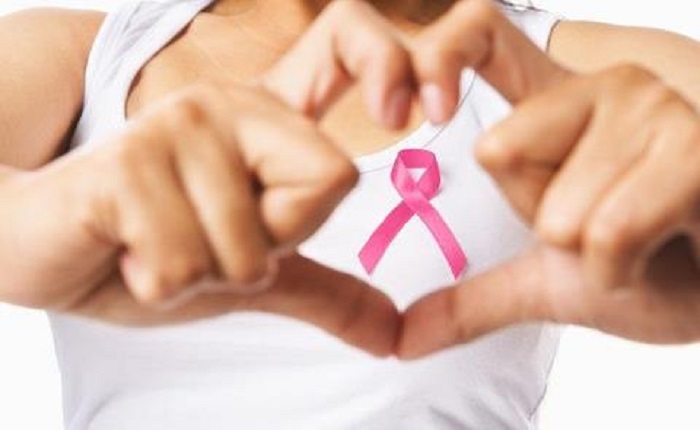When a celebrity had a bilateral mastectomy, "that was not only mentioned more in the story, in many cases it became the dominant theme of the story," said Dr. Michael Sabel of the University of Michigan Health System in Ann Arbor, the lead author of a report in Annals of Surgical Oncology.
More women with breast cancer have been opting to remove both breasts simultaneously, but there`s no evidence that the practice improves survival in women without a genetic risk for breast cancer.
A small survey published last year in Annals of Surgery found that half of women with cancer in one breast - but no gene mutations that increase their risk - were interested in removing their healthy breast to avoid a second cancer there.
At their own hospital, according to Sabel and his colleague Sonya Dal Cin, the proportion of women with a first breast cancer in one breast who went ahead with bilateral mastectomy rose from 4 percent in 2000 to 19 percent in 2011.
Many women with breast cancer come to their surgeon with their minds already made up based on outside information, the two authors note - and often, that information comes from the news media.
For the new study, the researchers searched two news databases for reports of celebrities with breast cancer. They found 17 cases, ranging from actress Olivia Newton-John`s diagnosis in 1992 to television personality Joan Lunden`s diagnosis in 2014.
Media reports increased significantly after 2004, they found. Also, there were dramatic increases in the number of articles mentioning bilateral mastectomies in 2008 and 2009.
Overall, about 45 percent of news stories mentioned the surgical procedure when the celebrities had both of their breasts removed, compared to about 26 percent of news stories when only one breast or just the tumor was removed.
And many stories lacked context, the researchers say. Sixty percent had no mention of genetics, family history or risk.
For example, Sabel said, actress Christina Applegate, who was diagnosed in 2008, had both breasts removed.
"What a lot of people don’t know is that Christina Applegate had a BRCA (gene) mutation and she chose a bilateral mastectomy for risk reduction," he told Reuters Health.
BRCA1 and BRCA2 mutations account for 5-10 percent of all breast cancers, according to the National Cancer Institute (NCI). Depending on the type of BRCA mutation, women`s risk of breast cancer increases between 33 to 53 percentage points. They`re also at a greater risk of ovarian cancer.
When women have cancer in one breast and are not at genetic risk for cancer in their second breast, doctors generally discourage having both breasts removed.
Women should get information from reliable sources, said Dr. Nancy Keating, professor of healthcare policy and medicine at Harvard Medical School and Brigham and Women’s Hospital in Boston, who was not involved with the new study.
"That often might mean that they need to hold off on making their decision until they can talk to their doctors," she told Reuters Health.
Reliable sources of information include the National Cancer Institute (www.cancer.gov/) and the American Society of Clinical Oncology (www.asco.org/), according to Sabel.
"I would say it’s important to get educated but then when you sit down with the surgeon listen, keep and open mind and let the surgeon help you make a decision," he said.
More about:
















































